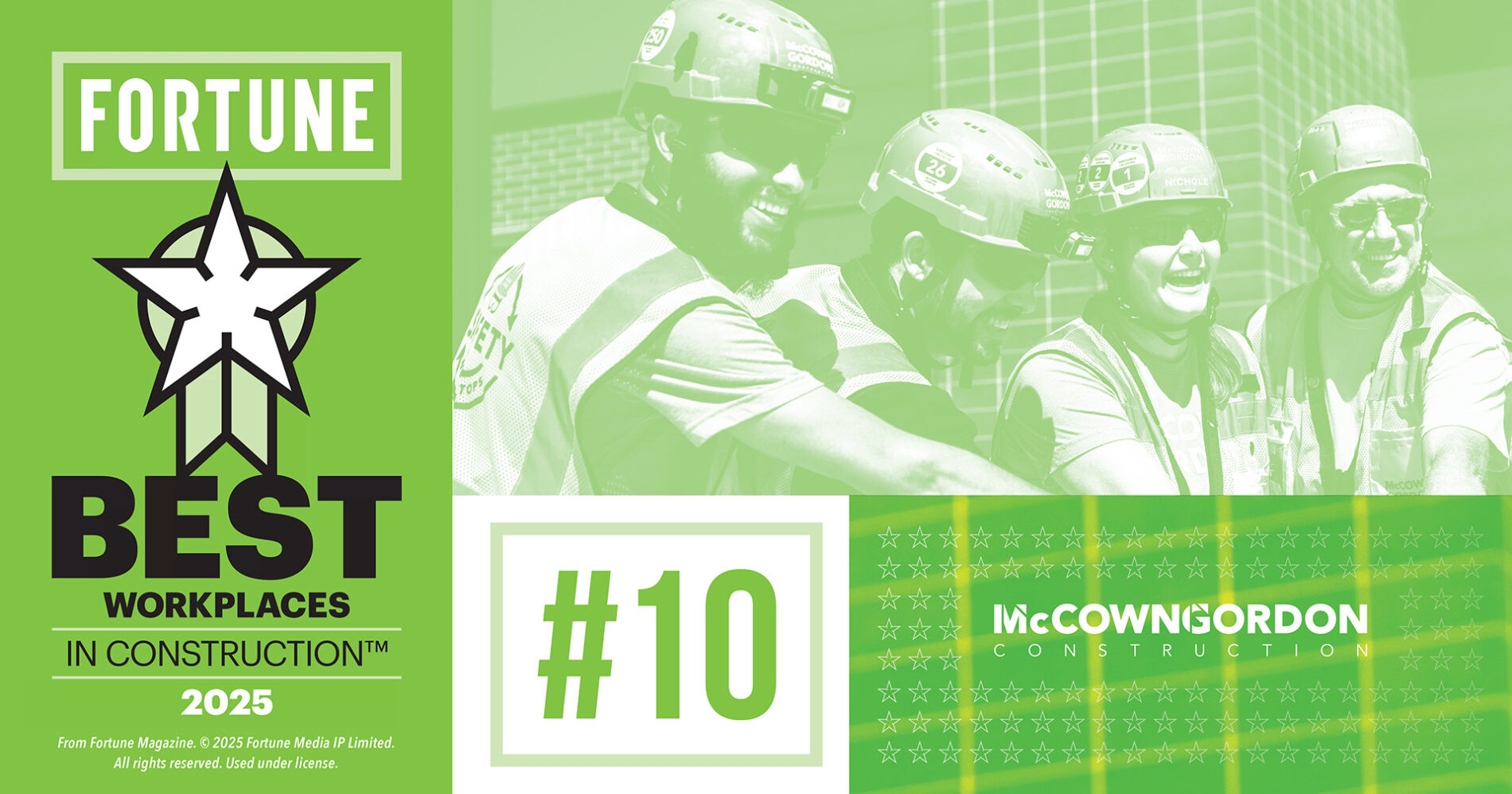A Look at 2025: The Current and Future Evolving Landscape of Real Estate and AEC

This year has posed numerous challenges as the real estate (RE) and architecture, engineering and construction industries (AEC) navigate an ever-changing landscape. However, despite increasing construction costs due to inflation, many regions continue to see steady building activity. As we look ahead, the question remains: Will next year and beyond sustain equilibrium, or are we on the brink of further growth and innovation in the industry? Subject matter experts analyzed the current landscape and explored the economic variables shaping the market during this engaging panel session. Learn more about the key takeaways from the discussion as the panelists provided their insights.
Lingering “wall of debt”
A significant concern for the AEC and RE industries is the looming “wall of debt,” and many wonder, is it finally here? According to Adam Tilton, Senior Vice President at CBRE, fundamentals, loan maturities, regulations and so much more must be in alignment. Despite the fears of many, these factors are not in sync, so as an industry we haven’t yet hit the “wall of debt.”
Each market sector is reacting differently to the “wall of debt.” Tilton emphasized the office market sector is at the weakest in terms of economic factors driving the market, but pointed to multi-family, retail and industrial as the strongest.
Rob Bratcher, Kansas City President for Commerce Bank, explained there is very little pressure from regulators right now for the banking industry. Despite seeing a rise in delinquencies for the retail and office market sectors, national delinquencies for the RE market are less than 2%, which is considered a positive statistic.
The complexities of interest rates
Over the past year, we have managed a complex forecast shaped by the interplay between interest rates and the RE and AEC industries. “Everyone has been waiting for interest rates to go down, but they went down six months ago,” noted Tilton. Although the industry has yet to fully experience the impact, the interest rate cuts have already shown many positive outcomes. This is evident in the banking sector, where Bratcher observes a significant backlog of engineering and architecture firms ready to break ground.
Additionally, Brian Murch, DLR Group Hospitality Design Leader and Principal, highlighted the positive impact of lower interest rates on both businesses and consumers. “Travel has increased for both leisure and professionals which will continue to spur more construction,” he noted.
Interest rates also presented significant challenges to the building environment, requiring innovative solutions. These challenges were overcome through effective collaboration, where diverse teams worked together to leverage their expertise, adapt to changing conditions and find creative solutions, which addressed both immediate and long-term goals. Shawn Cross, Director of Project Development for McCownGordon Construction stressed the importance of collaboration, transparency, and robust financial models to ensure project success and alleviate some of the high-interest rate effects. Brandon Buckley, Partner for Lane4 Property Group expressed gratitude for the collaborative process between firms and emphasized the critical role of accurate project cost estimates. “McCownGordon gets in the weeds. They try to figure out ways where we can cut this or that, which keeps our pro formas accurate because we are spending millions of dollars before we even break ground,” he said.
A challenge for firms: sustainable design & building practices
Another challenge is the demand for sustainable design causing AEC firms to find ways to balance environmental goals with financial realities. “Your sustainability wish list comes with a price as well as a payback,” Murch said. Sustainable design and building practices are being tackled head-on by AEC firms. Design may need to be adjusted to fit the owner’s budget, so Cross and Murch discussed solutions like first cost versus life-cycle cost analysis, high-performance design, and identifying tax incentives and rebates early.
The collaborative process between firms can allow different perspectives to evaluate the materiality of the building, energy consumption, building placement and mitigation, and how to leverage renewable energy. Across the U.S., adaptive reuse is gaining traction as office building vacancies are transformed into multi-family units or repurposed hotels. Murch stressed the importance of having the right people at the table from the very beginning of the project onset.
A spotlight on Kansas City
In recent years, Kansas City has garnered the spotlight, prompting the city to explore unique approaches for growth. There are many contributing factors for growth, but Bratcher argued a key is the area’s access to land, power and solar. Centrally located in the U.S., companies with locations in the Kansas City metropolitan area reap the benefits, specifically for logistics and distribution. The area is experiencing tremendous growth including $1.8 billion in capital payments, $100 million in new payroll, and 1,500 new jobs, a statistics report from the Kansas City Area Development Council, shared by Bratcher. The steady increase of Kansas City’s infrastructure allows for the cost of living in the area to remain competitive compared to other cities that have experienced rapid growth in a short period leading to a high cost of living such as Nashville, Tn. and Austin, Tx.
With so many projects working their way through the pipeline, the collaboration between firms in the AEC and RE industries is one of the biggest differentiators for Kansas City. The firms foster a unique, collaborative spirit, which drives progress, economic growth, creativity and innovation, all of which attract top talent. The panel moderator, Ashley McDonald of Kansas City Area Development Council said it best, “We’re continuously working together to move the region forward.”
Predictions for 2025 & Beyond
Experts discussed that the commercial real estate market is poised for significant change and opportunity in the next year and decade. As sellers become more comfortable with market conditions, we can expect to see a rise in property listings. The leverage held by buyers is expected to narrow, leading to deals closing at an accelerated pace.
There has been a persistent undersupply of single-family housing for years. However, over the next 10 to 15 years, inventory is anticipated to increase. This, coupled with the rise of remote work, is expected to stimulate demand for commercial real estate in suburban areas. However, challenges such as affordability and the industry’s slow response to market shifts remain major obstacles. Nonetheless, the panel experts remain optimistic, predicting that property volumes will eventually normalize, and the market will regain momentum.
When asked about the most promising investment opportunities on the horizon, Tilton pointed to office, retail and anything that is hyper-local in the suburban area. “Office space lease increases are expected to be seen in the coming years,” Tilton predicted. “Industrial properties will over-perform retail spaces due to an increase of online consumer spending.”
Download Our Quarterly Construction Economics Report
Panelists:
● Rob Bratcher, President, Kansas City, Commerce Bank
● Brian Murch, Hospitality Design Leader | Principal, DLR Group
● Adam Tilton, Senior Vice President, CBRE
● Shawn Cross, Director, Project Development, McCownGordon Construction
● Brandon Buckley, Partner, LANE4 Property Group
● Ashley McDonald – Kansas City Area Development Council (Moderator)

CONSTRUCTION ECONOMIC REPORT
The construction market is as volatile as ever, which makes financial planning for projects a challenge. As industry experts, our preconstruction team regularly tracks construction costs and keeps a pulse on the market for our clients and partners. Download our report!




